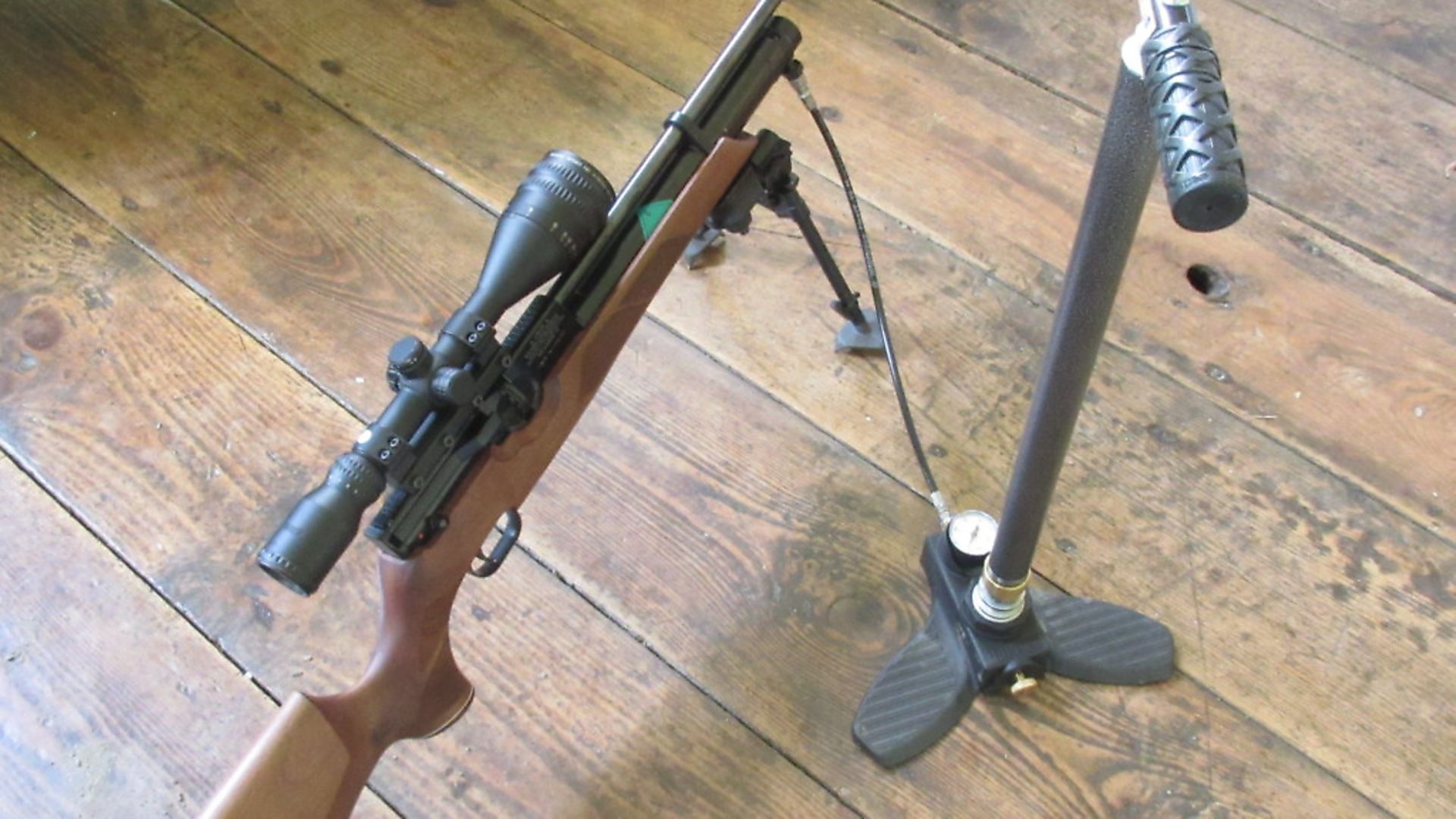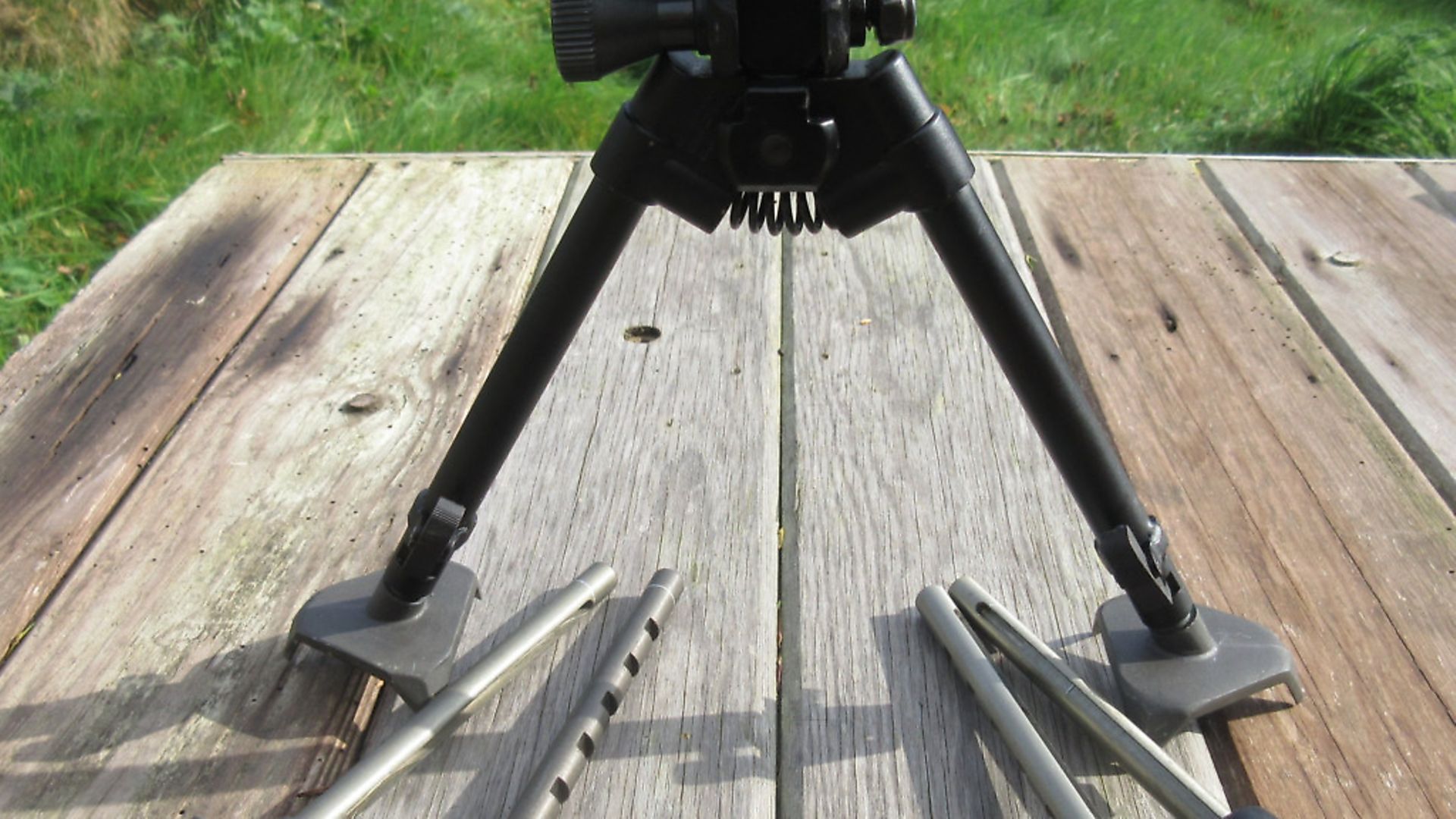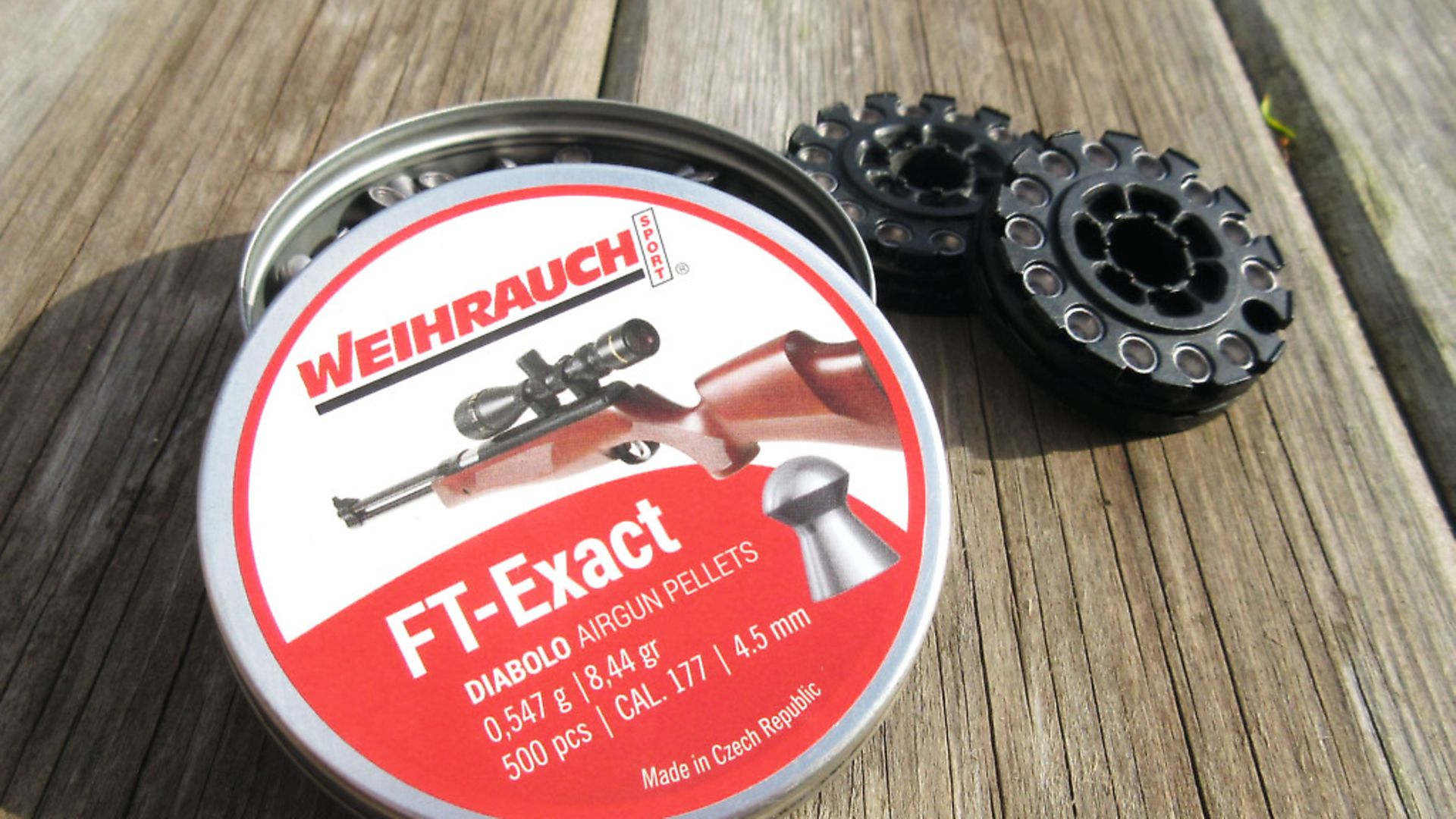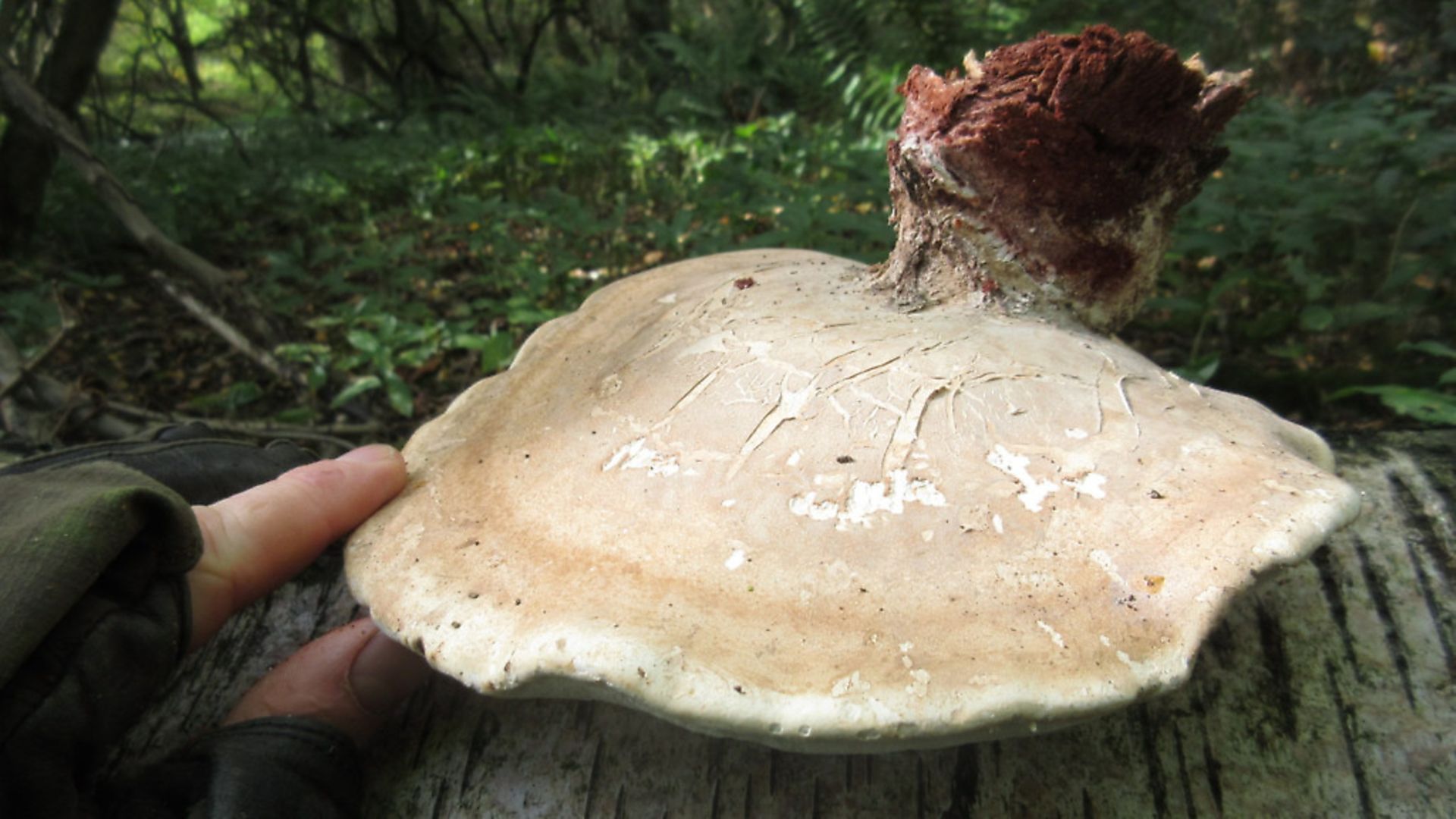If we go out to hunt rather than to kill, we need never come home frustrated again
 credit: Archant
credit: Archant
Hunting is a hard sell to the uninitiated. What most people don’t realise is that shooting is but one element of what we do, and they tend to mistake a love of hunting for a love of killing. We know that these things are very different, but it’s a difficult distinction to explain to those who might have made up their minds already.
As many of us who spend time in the field already know, the actual shooting makes up a tiny percentage of the experience, and it’s the journey and not always the objective that draws us back again and again. With this in mind, I’ve been realising that for many of my small adventures with the rifle, the shooting gives me the purpose, but it’s the natural world that gives me the pleasure. The rifle is there to provide dinner, but it also gives us a great excuse to be out alone in woodland and pasture.
For those who are out to control populations for forestry or agricultural purposes, the case may be different because there’s a need to focus on delivering consistent bags in a variety of contexts. This kind of shooting is more of a service, and in the case of pest control, a sort of offering to be given in return for the privilege of permission. These relationships create pressure for the airgunner to deliver the goods, or they risk being replaced by somebody more effective. It’s a shame for this to be the case because it encourages the shooter to focus on numerical goals and can lead to disappointment and stress when some of these imposed targets go unmet.
As the seasons have changed, we’ve seen transformations in the landscape and the activity of the animals within it. Most exciting of these has been the fallow deer rut and this has provided the perfect chance for me to practise my stalking on these large mammals, as well as take the air rifle along for some of the squirrels that share the same habitat; you can easily stalk both animals at once.
 credit: Archant
credit: Archant
New addition
The latest addition to my cabinet is the Weihrauch HW100 PCP (.177) mounted with a now ageing but reliable Hawke 3-9 x 50. I’ve also fitted a novel bipod from Versa-Pod. Thanks to Paul Stewart from Scott Country, the importer, who was very helpful in answering my fitting questions. No great thing perhaps, but a small kindness can go a long way to create a good impression.
I charge the gun with a hand pump (supplied by Hull Cartridge) and as long as you don’t have to fill from zero, bringing the reservoir up to capacity is no harder than doing a set of bicep curls. However, you do need quite a bit of body weight behind you on the final ten pumps, so lighter shooters might need to underfill slightly. It’s good exercise, costs nothing and doesn’t involve driving anywhere. Not as elegant as a springer, of course, but not the nightmare some people make it out to be. Unless we’re shooting 500 shots a day, then perhaps more of us should be filling in this more environmentally conscious manner.
 credit: Archant
credit: Archant
I’ve always been a springer purist and last year’s experiments with the Air Arms S410 left me pretty underwhelmed. The S410 was accurate, but I didn’t like the bolt-action, cocking mechanism, which to me, felt unsatisfying in operation. Add to that the fact that my test version, borrowed from a neighbour, seemed to lose power after only three dozen shots, and you’ll understand why I haven’t bothered with PCPs since. I know that many people love that particular rifle, but I was utterly uninspired even if it was easy shoot. Perhaps I had borrowed a duff one in need of a good service. (It’s one of the best rifles ever made. Ed.)
Hull Cartridge offered to send me the HW100 on long-term test, and I accepted. This was partly out of curiosity to see how the novice shooters on my courses get on with it on the range. Some beginners find the act of breaking a barrel quite challenging, and are often at risk of being unsafe due to the combination of physical exertion and remembering which hand goes where etc. I was also curious to see how the rifle performed with long-term use in the field and whether or not it would grow on me. Please don’t expect a gushing, ‘new toy’ review any time soon. I’ll use it regularly and report back.
 credit: Archant
credit: Archant
An early start
After zeroing – a quick process due to the limited variables that affect accuracy on a PCP – I loaded two magazines and packed a bag for a long morning in the field. I intended to be out from dawn until around 11.30am so I prepared some food and packed the stove, along with some new camera traps and my binoculars.
I was up at 5.50am and as I stepped into the darkness with a hot mug of tea, I could already hear the big fallow buck calling, up in the trees half a mile or so from the house. By 6.30am I was out and walking quietly down the sheltered track, but had to double back as I climbed in height due the wind carrying my scent in the wrong direction. As I entered the belt of mixed woodland, I could hear him quite close, but was finding it hard to keep very quiet, damp as it was. After moving him on twice, I sat down to listen to the countryside wake up. The owls slowly ceased their calling, the dogs began to bark, distant farmhouses lit up, and gradually, both pheasants and farm traffic began to stir.
This didn’t seem to deter the bucks and I could now hear at least two animals calling from their rutting stands across the clear fell. As I moved in, a group of does with fawns crossed my path, heading in the same direction. I continueed my stalk and there were a few exciting moments when I came very close and eventually I startled one large animal on his stand less than 30 yards away. I went over to investigate, found the urine patch on the ground still warm and discovered why they say not to eat buck venison at this time of year because the meat can be tainted. The smell is half ammonia and half wild beast, unique and unlike anything that I’ve encountered before.
Undeterred by my lack of stealth, I remembered that I now had at least two hours of squirrel shooting to look forward to, as well as the chance put up some wildlife cameras. This felt like a real bonus because I’d already had an exciting morning, but the day was darkening and the wind was picking up. Beyond the shelter of the trees, I could hear the gusts on higher ground, rushing like a motorway and although in the next hour I spotted two squirrels gathering acorns, they seemed reluctant to re-emerge after they’d seen me. There was a distinct absence of birdsong and by 10.30am I decided to make some tea, set up some camera traps along likely trails and call it a day. I hadn’t bagged any greys this time, but I’d enjoyed myself. I’d still call it a morning’s shooting, even though I didn’t press the trigger, and this is exactly the kind of trip that I’m always happy to have more of; I missed my objectives, but I reached my wider goals. Next time, I’d be slightly wiser and more knowledgeable.
Always winning
It can be tempting only to recount the hunting trips that result in copious bags and incredible shots, but if we’re honest, there are days when we all make mistakes, have poor weather, or when our quarry was just too good for us. It can be tempting to see shooting as a black or white/win or lose affair, but it really doesn’t have to be. If we go out to hunt rather than to kill, we need never come home frustrated again. If we have set objectives for our shooting, let’s also have some wider goals. It could be anything from taking pictures of wildlife, gathering mushrooms, observing animal behaviour, or identifying trees and plants. The more that we can show the people around us that shooting is not just about the shot, then the better placed we are to turn public opinion in our favour. We’ll also never return with the ‘empty bag blues’ because we’ll always have something to show for our time in the field. Best of luck.
Read more on hunting...
Why respect is a vital part of being a hunter
Hunting: Is it OK to pay?
Do we really need to eat so much meat?